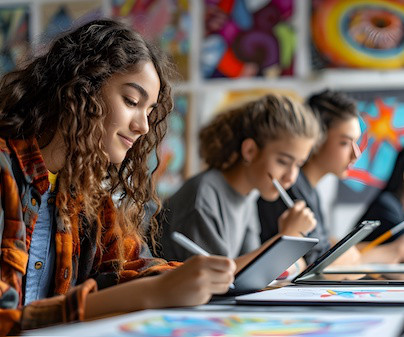MiEN Company Releases White Paper on How Flexible Furniture Creates Active Learning Environments
eSchool News
JANUARY 5, 2021
Districts and schools are increasingly adopting active learning practices in order to address businesses’ demand for employees capable of creative and collaborative work. However, research shows that the physical space that supports active learning is quite different from one designed for lecture-focused teaching.















Let's personalize your content